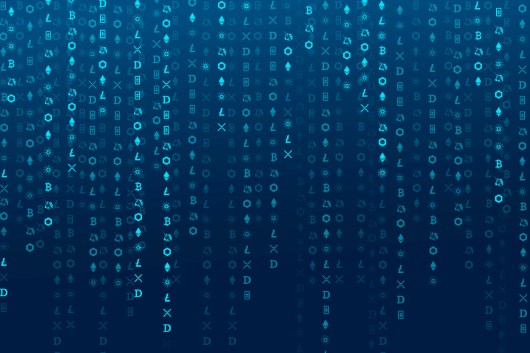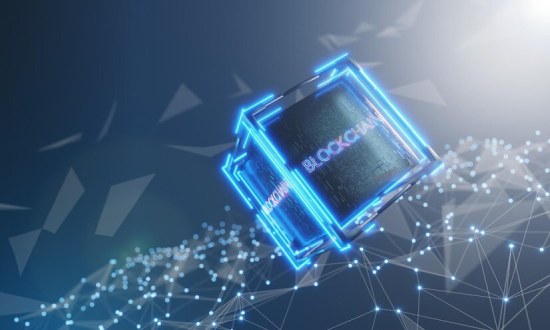A non-fungible token (NFT) is a unit of data stored on a digital ledger, called a blockchain, that certifies a digital asset to be unique and therefore not interchangeable. NFTs can be used to represent items such as photos, videos, audio, and other types of digital files.
Prerequisites:
Before learning this blog, You must ve a basic knowledge of crypto-currencies, block-chain, smart-contract..etc.
What's an NFT?
NFTs are tokens that we can use to represent ownership of unique items. They let us tokenize things like art, collectibles, even real estate. They can only have one official owner at a time and they're secured by the Ethereum blockchain – no one can modify the record of ownership or copy/paste a new NFT into existence.
NFT stands for non-fungible token. Non-fungible is an economic term that you could use to describe things like your furniture, a song file, or your computer. These things are not interchangeable for other items because they have unique properties.
Fungible items, on the other hand, can be exchanged because their value defines them rather than their unique properties. For example, ETH or dollars are fungible because 1 ETH / USD 1 is exchangeable for another 1 ETH / USD 1.
NFT examples
The NFT world is relatively new. In theory, the scope for NFTs is anything unique that needs provable ownership. Here are some examples of NFTs that exist today, to help you get the idea:
- A unique digital artwork.
- A unique sneaker in a limited-run fashion line.
- An in-game item.
- An essay.
- A digital collectible.
- A domain name.
- A ticket that gives you access to an event or a coupon.
How do NFTs work?
NFTs have some special properties:
Each token minted has a unique identifier.
They're not directly interchangeable with other tokens 1:1. For example, 1 ETH is the same as another ETH. This isn't the case with NFTs.
Each token has an owner and this information is easily verifiable.
They live on Ethereum and can be bought and sold on any Ethereum-based NFT market.
What are NFTs used for?
Here's more information on some of the better-developed use-cases and visions for NFTs on Ethereum.
- Digital content
- Gaming items
- Domain names
- Physical items
- Investments and collateral
The copy/paste problem
Naysayers often bring up the fact that NFTs "is dumb" usually alongside a picture of them screenshotting an NFT artwork. "Look, now I have that image for free!" they say smugly.
Well, yes. But does googling an image of Picasso's Guernica make you the proud new owner of a multi-million dollar piece of art history?
Ultimately owning the real thing is as valuable as the market makes it. The more a piece of content is screen-grabbed, shared, and generally used the more value it gains.
Owning the verifiably real thing will always have more value than not.
The work in minting your NFT
When you mint an NFT, a few things have to happen:
It needs to be confirmed as an asset on the blockchain.
The owner's account balance must be updated to include that asset. This makes it possible for it to then be traded or verifiably "owned".
The transactions that confirm the above need to be added to a block and "immortalized" on the chain.
The block needs to be confirmed by everyone in the network as "correct". This consensus removes the need for intermediaries because the network agrees that your NFT exists and belongs to you. And it's on-chain so anyone can check it. This is one of the ways Ethereum helps NFT creators to maximize their earnings.
All these tasks are done by miners. And they let the rest of the network know about your NFT and who owns it. This means mining needs to be sufficiently difficult, otherwise, anyone could just claim that they own the NFT you just minted and fraudulently transfer ownership. There are lots of incentives in place to make sure miners are acting honestly.
Conclusion:
By learning these blogs you ve understand what is NFT Tokens.
Reference:
https://ethereum.org/en/nft/#what-are-nfts

Our Offices
INDIA
Emaar Digital Greens, Sector 61,
Gurugram, Haryana
122011.
Welldone Tech Park,
Sector 48, Sohna road,
Gurugram, Haryana
122018.












April 24, 2025 at 04:39 am
Your comment is awaiting moderation.